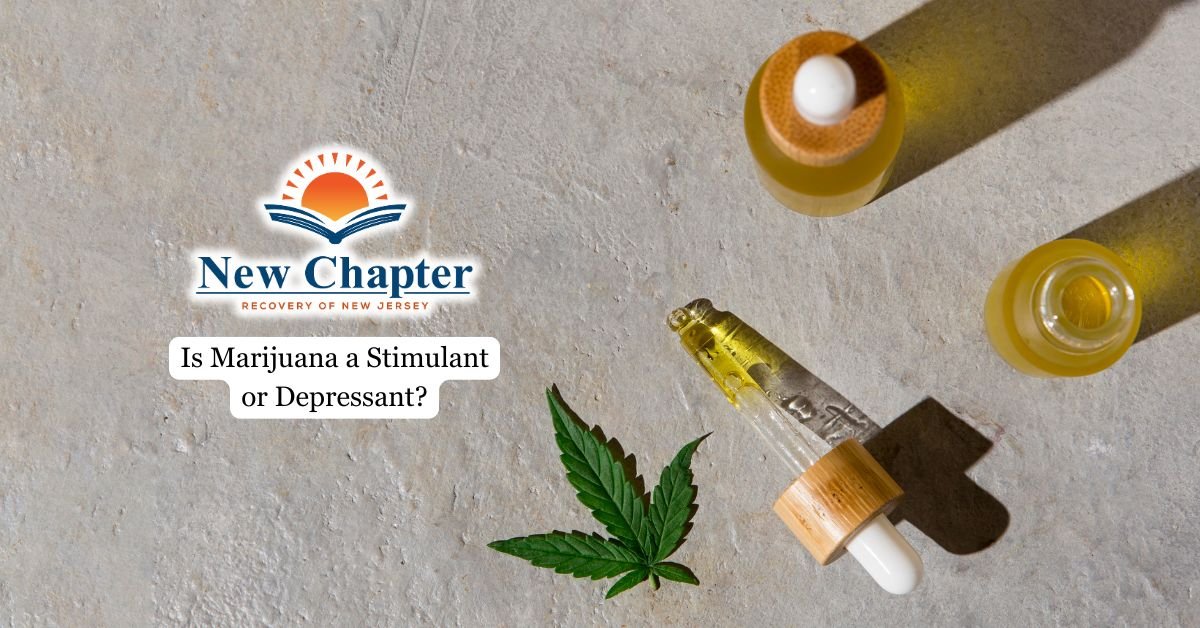Xanax is commonly prescribed for anxiety and panic disorders, but prolonged use can lead to dependence and withdrawal symptoms. For individuals in recovery, understanding how to effectively manage cravings is essential to avoid relapse and maintain progress. Developing a proactive approach to cravings can help individuals regain control over their recovery journey.
This article outlines effective strategies for managing Xanax cravings, emphasizing the role of professional guidance, support networks, and lifestyle modifications in sustaining long-term sobriety.

Educate Yourself
Understanding that Xanax enhances GABA activity in the brain helps explain its calming effects on anxiety and why cravings develop.
Recognizing that dependence can occur after just a few weeks of use underscores the importance of identifying cravings as signs of withdrawal. Familiarizing yourself with the timeline of withdrawal symptoms, which can begin within hours of cessation and last for weeks to months, prepares you for the challenges ahead.
Common withdrawal symptoms include anxiety, insomnia, and irritability, and it’s essential to distinguish these from a return to substance use. Learning about Post-Acute Withdrawal Syndrome (PAWS), which can cause cravings and emotional disturbances for months after stopping Xanax, emphasizes the need for ongoing education and support during recovery.
With New Chapter Recovery’s Xanax Addiction Treatment Program in NJ and their dedicated team by your side, you can find the strength to achieve lasting change in your life.
Set Realistic Goals
Research shows that setting SMART goals – specific, measurable, achievable, relevant, and time-bound – increases your likelihood of success in overcoming substance use disorders.
Break down the process into manageable steps, making it easier to track your progress and stay motivated.
Collaborate with your healthcare provider to establish a tapering schedule with small, incremental reductions to minimize withdrawal symptoms and cravings, leading to a more sustainable recovery.
Regularly review and adjust your goals based on your progress and challenges to maintain motivation and adapt to changes in cravings.
Engage in supportive counseling or join support groups while setting goals to enhance accountability and gain additional strategies for effectively managing cravings.
With dedication and the right support, you can successfully overcome Xanax Addiction Symptoms and reclaim your life.
Identify and Avoid Triggers
Common triggers include stress, social situations, and environmental cues associated with past use. By recognizing these triggers, you can develop strategies to avoid or cope with them effectively.
Keeping a journal to track your cravings and their associated triggers can help you become more aware of patterns and plan accordingly. Avoid environments or situations linked to Xanax use, such as parties or places where substance use is prevalent.
Instead, engage in alternative activities that promote relaxation and stress relief, like exercise or meditation, which can serve as healthy coping mechanisms and distract you from cravings.
Behavioral Therapy Strategies
Cognitive Behavioral Therapy (CBT) is a powerful tool that helps you identify and change negative thought patterns associated with cravings, leading to improved coping mechanisms.
Engaging in positive activities and social interactions through behavioral activation techniques can distract you from cravings and improve your overall mood.
Relapse prevention strategies, integrated into therapy, equip you with skills to anticipate triggers and develop coping plans to manage cravings when they arise.
Mindfulness and Exercise
Practicing mindfulness techniques, like meditation and deep breathing, can significantly reduce anxiety and cravings by helping you stay focused on the present moment. This heightened awareness promotes relaxation and enhances your ability to manage withdrawal symptoms.
Engaging in regular physical exercise is another effective strategy to combat cravings and support your recovery. Exercise releases endorphins, improves mood, and reduces stress, making it easier to cope with the challenges of overcoming Xanax dependence.
Studies show that mindfulness meditation can decrease substance use and cravings by boosting self-control and reducing impulsivity. Incorporating yoga into your daily routine not only benefits your physical health but also helps manage anxiety and depression symptoms that often accompany Xanax withdrawal.
Consistent aerobic activities can improve sleep quality and overall mental well-being, further mitigating cravings.

Strong Support Groups
Many support groups utilize evidence-based approaches, including cognitive behavioral therapy techniques, to equip individuals with effective coping strategies for managing cravings and triggers. Organizations like SAMHSA offer resources to connect you with local support groups and treatment centers suited to your recovery needs.
Participating in a support group can help reduce feelings of isolation and strengthen your commitment to sobriety. Engaging with others in recovery provides valuable insights and shared experiences, offering practical strategies for handling cravings and maintaining long-term success.
Professional Treatment Options
Medically supervised detox programs are often the first step, helping you manage withdrawal symptoms and reduce the risk of complications associated with abrupt cessation. Cognitive Behavioral Therapy (CBT) is a key component of treatment, addressing the underlying psychological factors contributing to your Xanax use and cravings.
Medications such as SSRIs or anticonvulsants may be prescribed to help manage anxiety and cravings during the withdrawal process, providing a stabilized environment for recovery.
Inpatient rehabilitation facilities offer structured environments where you can receive comprehensive care, including therapy sessions, peer support, and medical supervision, which has been shown to improve treatment outcomes.
Support groups, such as SMART Recovery or 12-step programs, provide ongoing peer support and coping strategies, which are essential for managing cravings and maintaining long-term recovery.
Final Thoughts from New Haven Recovery
While the journey to overcome Xanax addiction can be challenging, with the right resources and support, it is possible to achieve and maintain a substance-free life. Consistency in utilizing these strategies and reaching out for help when needed are key factors in successfully managing cravings and preventing relapse.
Overcoming cravings for Xanax can be challenging, but it paves the way for a healthier and more fulfilling life. At New Chapter Recovery, our comprehensive outpatient treatment programs provide the support you need at every stage of recovery. We offer a blend of evidence-based therapies and personalized care to help you regain control and build a sustainable path to wellness.
Frequently Asked Questions
How long do Xanax cravings typically last during recovery?
Xanax cravings can last anywhere from a few weeks to several months, depending on factors like the duration of use, dosage, and individual metabolism. Acute cravings tend to be strongest during the first few weeks of withdrawal, while psychological cravings may persist for months or even years. Engaging in therapy, support groups, and healthy coping mechanisms can help manage long-term cravings.
Can diet and nutrition impact Xanax cravings?
Yes, maintaining a well-balanced diet can help stabilize mood, energy levels, and brain function, reducing the intensity of Xanax cravings. Foods rich in protein, healthy fats, and complex carbohydrates support neurotransmitter production, while magnesium and B vitamins can aid in anxiety management. Staying hydrated and avoiding processed foods can also help regulate withdrawal symptoms and cravings.
What are the best distractions to use when experiencing a Xanax craving?
Engaging in physical activity, such as going for a walk, practicing yoga, or doing light exercises, can help reduce cravings by releasing endorphins. Other effective distractions include mindfulness techniques like meditation, deep breathing, journaling, or engaging in hobbies like painting, music, or reading. Connecting with a support group or reaching out to a trusted friend can also help shift focus away from cravings.
Does caffeine or sugar consumption make Xanax cravings worse?
Yes, excessive caffeine and sugar intake can worsen Xanax cravings by increasing anxiety, jitteriness, and blood sugar fluctuations. Caffeine can heighten withdrawal symptoms like restlessness and insomnia, while sugar spikes and crashes may lead to mood swings that trigger cravings. Opting for herbal teas, water, and whole foods can help maintain balance and reduce the likelihood of cravings.






